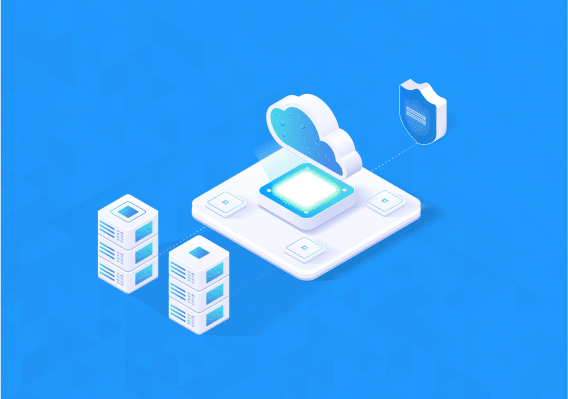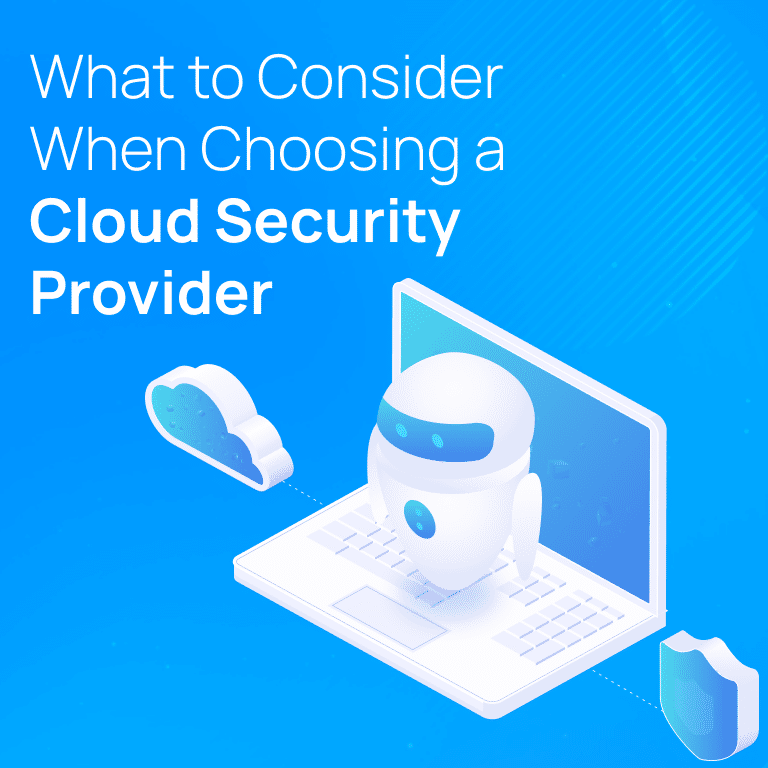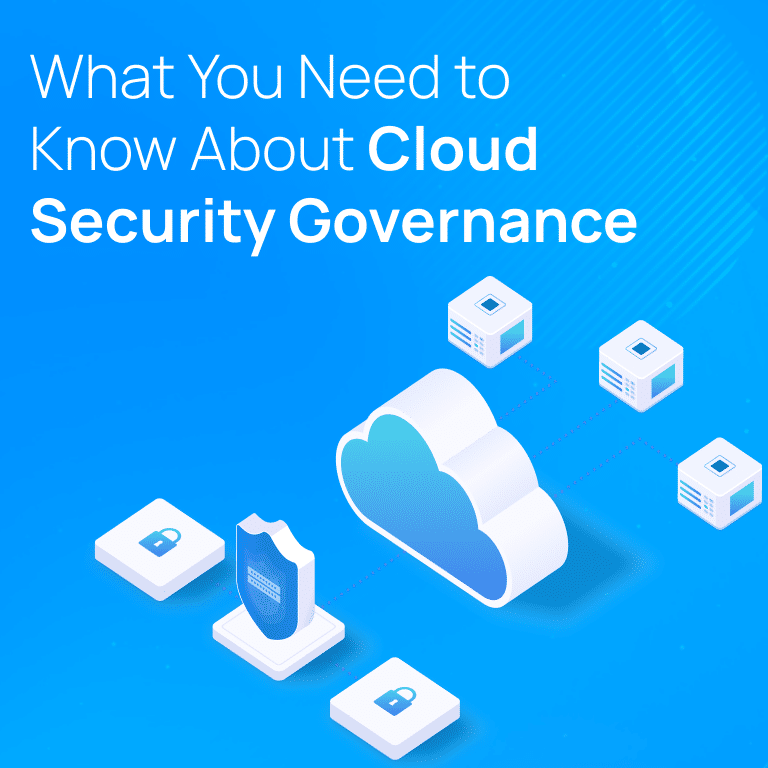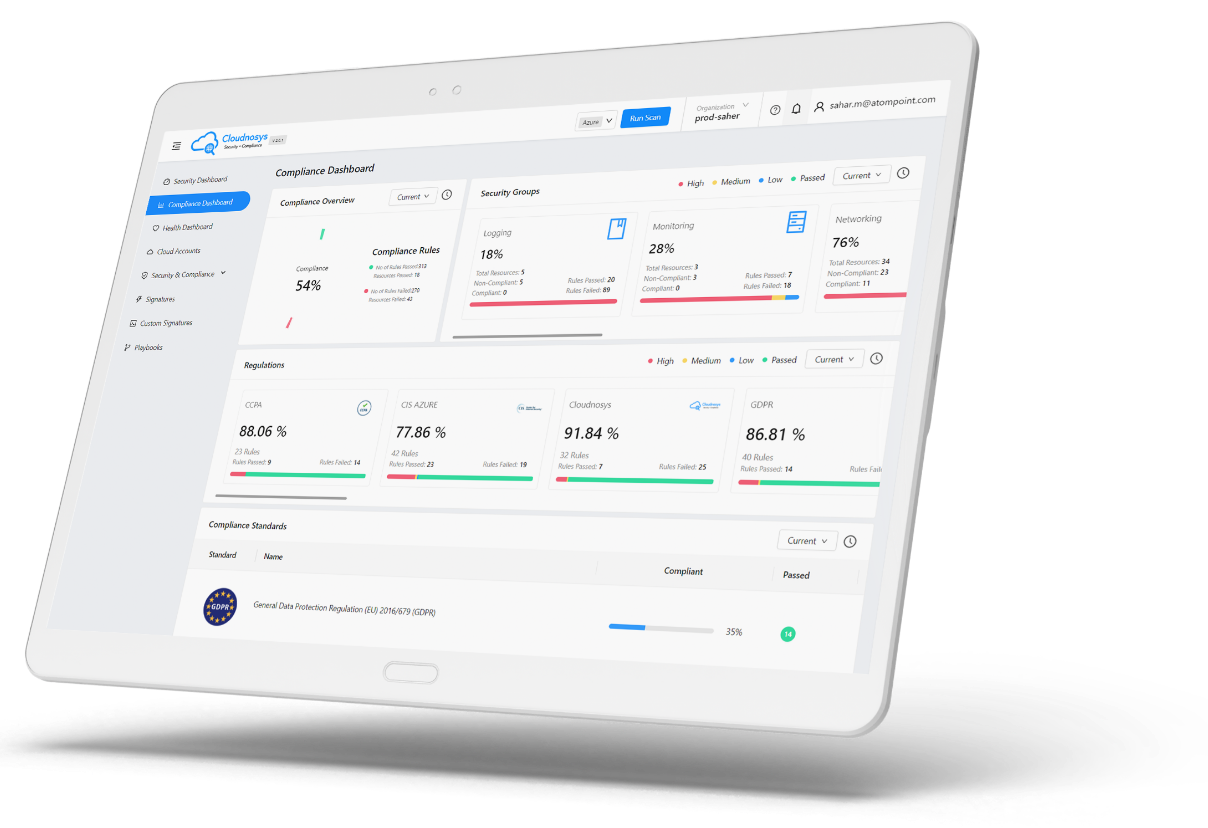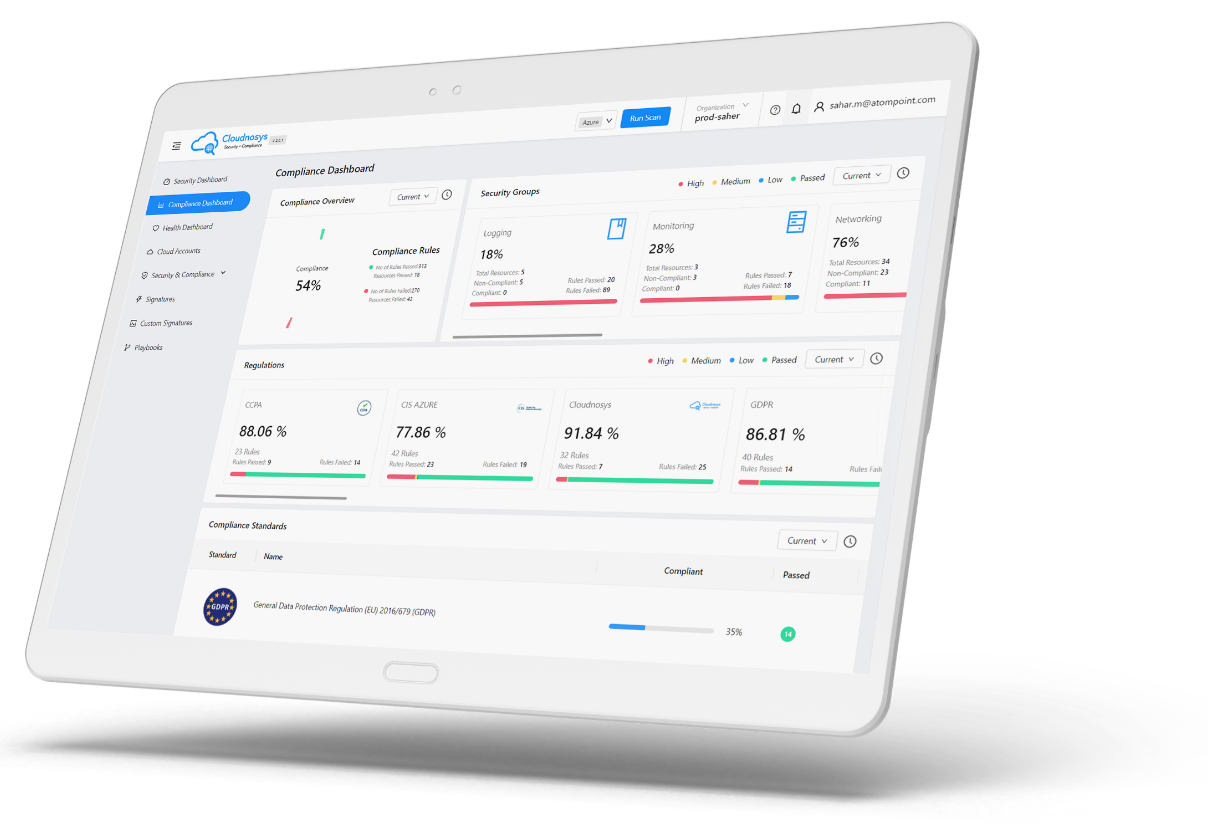What is SOAR?
SOAR stands for Security Orchestration, Automation, and Response, Security is a top priority for any organization that operates in the cloud, and SOAR can be a game-changer for enhancing the security of an organization’s cloud infrastructure.
SOAR involves integrating various security tools, processes, and policies to streamline incident response, automate repetitive tasks, and improve overall security operations. In this blog, we will provide tips for implementing SOAR in an organization’s cloud infrastructure.
1. Develop a comprehensive security plan
The first step in implementing SOAR in your organization’s cloud infrastructure is to develop a comprehensive security plan. This plan should outline your organization’s security policies, procedures, change management, and objectives. It should also include an incident response plan that details the roles and responsibilities of each team member, as well as the steps that should be taken in the event of a security incident.
2. Identify the right SOAR platform
There are several SOAR platforms available on the market, each with its own set of features and capabilities. When selecting a SOAR platform for your organization, it’s important to choose one that integrates well with your existing security tools and can automate repetitive tasks. For instance, Cloudnosys cloud security tool provides a comprehensive suite of tools to help organizations automate their security operations, including incident response, vulnerability scanning, and compliance monitoring. Make sure the SOAR tools have the flexibility to expand into multiple use cases through custom code blocks.

3. Integrate with your cloud infrastructure
Once you have identified the right SOAR platform, the next step is to integrate it with your organization’s cloud infrastructure. This includes integrating with your cloud service providers (CSPs) and any other cloud-based tools you use. By doing so, you can automate the process of responding to security incidents and remediate issues as they occur.
4. Leverage machine learning
Many SOAR platforms incorporate machine learning capabilities, which can help identify and prioritize threats more effectively. By leveraging machine learning, your organization can respond to threats in real-time, before they escalate into more serious security incidents. For instance, Cloudnosys cloud security tool leverages attack path analysis to identify anomalies and other high-risk events, allowing organizations to quickly respond to potential threats with full prioritization.
5. Monitor and refine your processes
Once you have implemented SOAR in your cloud infrastructure, it’s important to continuously monitor and refine your security processes. This includes regularly reviewing your incident response plan, identifying areas for improvement, and updating your SOAR platform to address new and emerging threats. For instance, Cloudnosys cloud security tool provides real-time alerts and notifications, allowing organizations to quickly respond to potential security incidents.
6. Train your team
Implementing SOAR in your organization’s cloud infrastructure requires a team effort, and it’s important to ensure that your team members are adequately trained to use the platform effectively. This includes training your security analysts on the features and capabilities of your SOAR platform, as well as providing ongoing training to keep them up-to-date with the latest security threats and best practices. Cloudnosys cloud security tool provides comprehensive training resources and support to help organizations get the most out of their SOAR platform.
7. Regularly review and update your security policies
Finally, it’s important to regularly review and update your security policies to ensure they remain effective and relevant. This includes reviewing your incident response plan, identifying any gaps or weaknesses, and updating your SOAR platform to address these issues. Cloudnosys cloud security tool provides ongoing support and guidance to help organizations stay up-to-date with the latest security threats and best practices.
Conclusion
In conclusion, implementing SOAR in an organization’s cloud infrastructure can greatly enhance the security of its cloud-based operations. By developing a comprehensive security plan, identifying the right SOAR platform, integrating with your cloud infrastructure, leveraging machine learning, monitoring and refining your processes, training your team, and regularly reviewing and updating your security policies, organizations can improve security.



